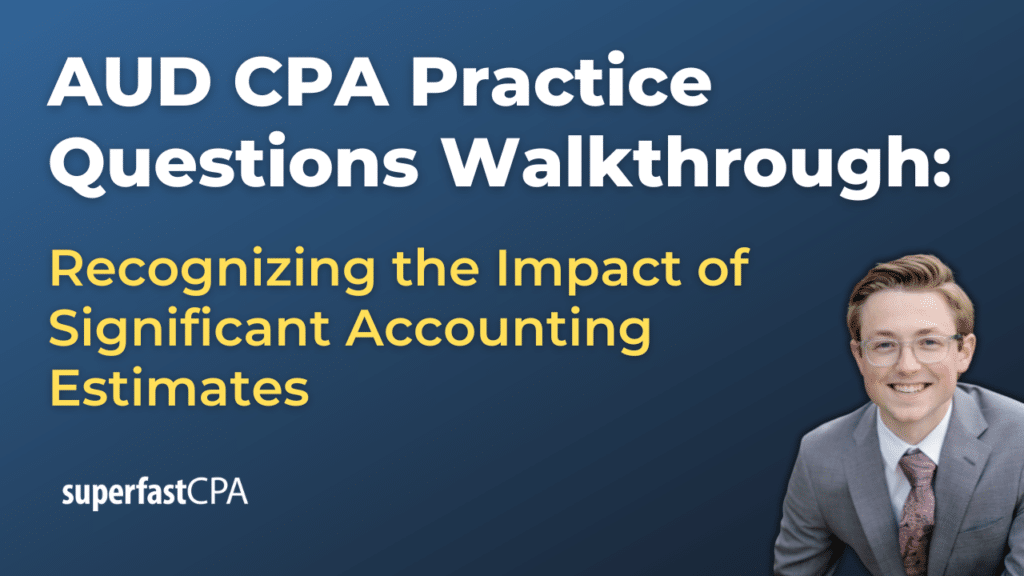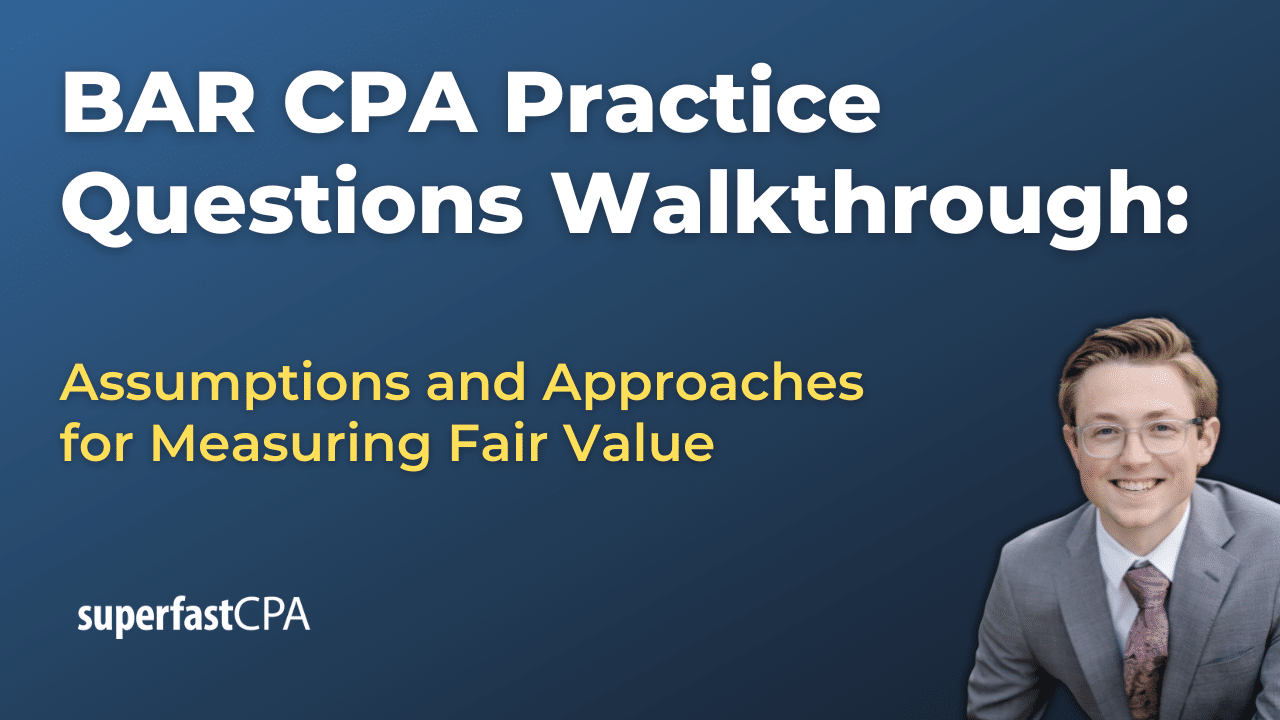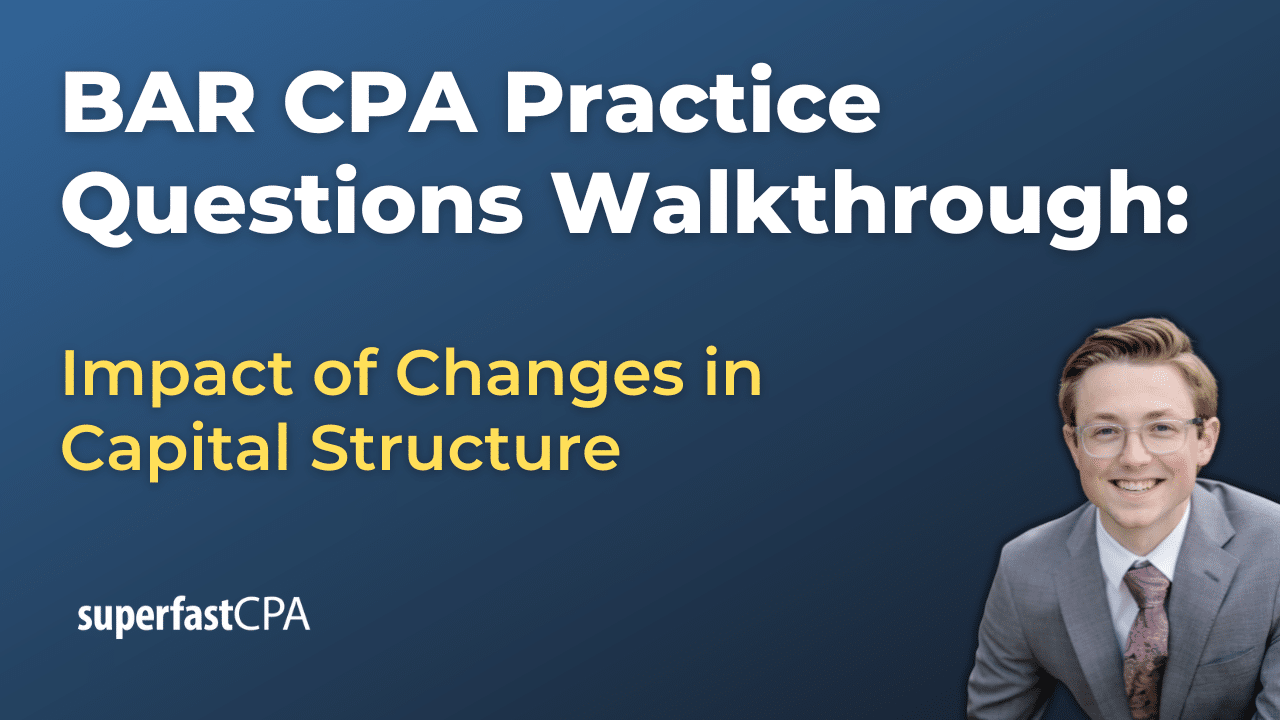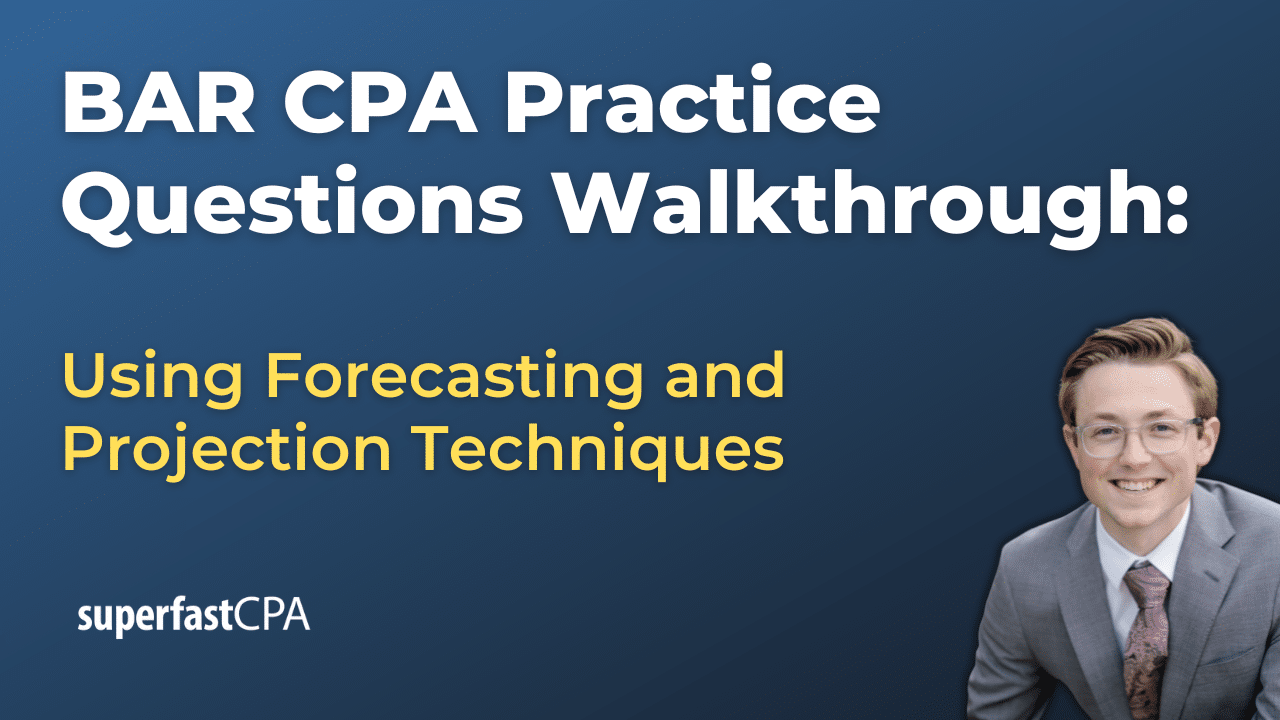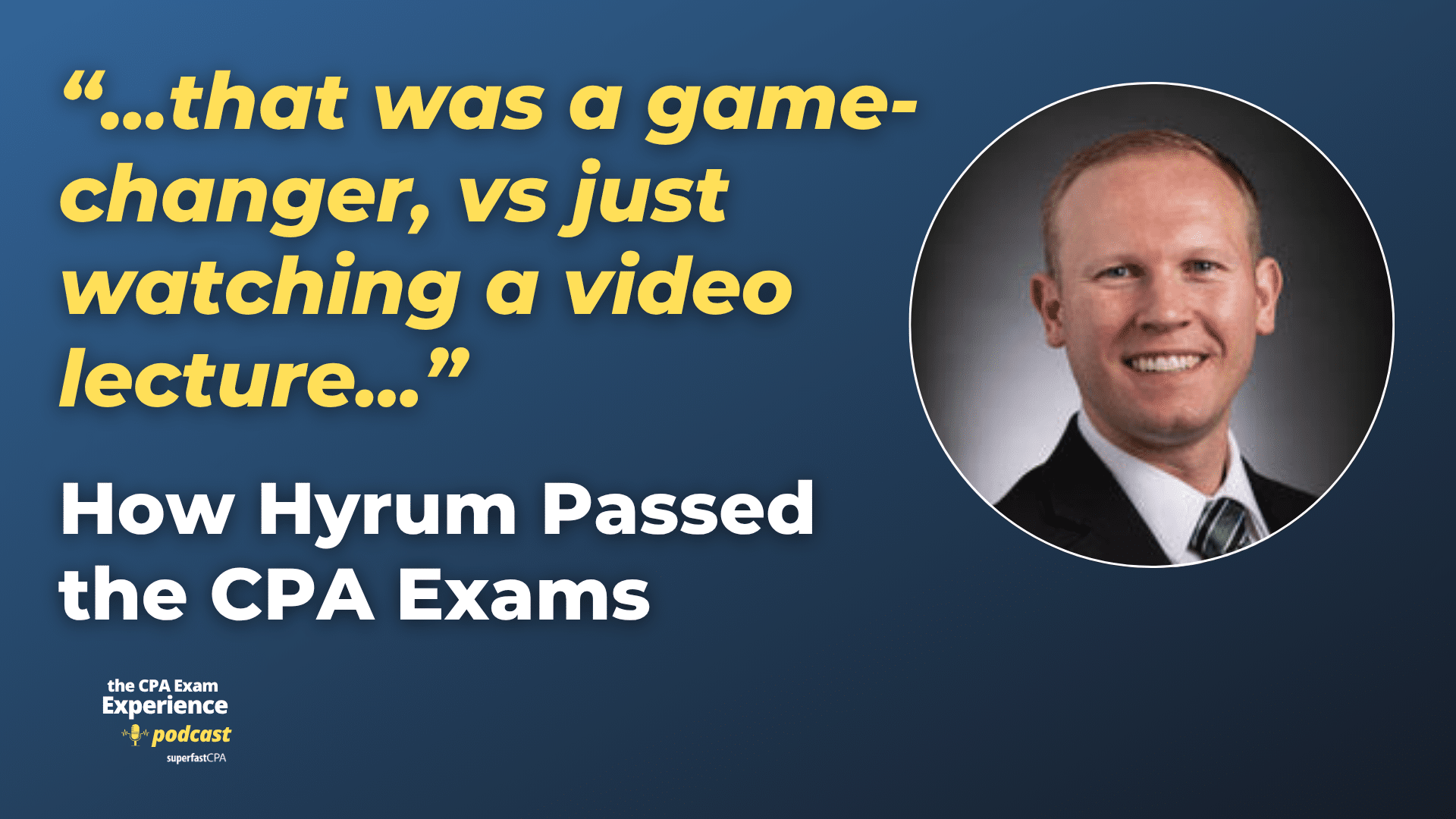In this video, we walk through 5 AUD practice questions teaching about recognizing the impact of significant accounting estimates. These questions are from AUD content area 2 on the AICPA CPA exam blueprints: Assessing Risk and Developing a Planned Response.
The best way to use this video is to pause each time we get to a new question in the video, and then make your own attempt at the question before watching us go through it.
Also be sure to watch one of our free webinars on the 6 “key ingredients” to an extremely effective & efficient CPA study process here…
Recognizing the Impact of Significant Accounting Estimates
Accounting estimates play a critical role in financial reporting, and auditors must carefully evaluate their reasonableness to identify risks of material misstatement. Some estimates involve straightforward calculations with little judgment, while others require significant assumptions and can be influenced by management bias. This post explores how auditors assess these estimates, the differences between high- and low-complexity estimates, and why retrospective reviews and specific audit procedures are necessary.
Auditor’s Responsibility in Evaluating Estimates
Auditors do not replace management’s estimates but assess their validity. The goal is to determine if an estimate is reasonable and free from material misstatement. This includes examining the methods, assumptions, and evidence management used. If an estimate is found to be unreasonable, auditors may suggest adjustments, but they do not directly modify management’s numbers.
For example, if a company estimates bad debt expense using historical trends, the auditor would evaluate whether the past data is relevant and whether there are any changes in economic conditions that may impact the current estimate.
High-Complexity Estimates and Their Risks
High-complexity estimates require significant judgment and assumptions, making them more susceptible to material misstatement and management bias. These include:
- Fair value measurements for illiquid assets – If a company values a financial instrument using unobservable inputs, auditors need to scrutinize the valuation model and assumptions used.
- Impairment testing for intangible assets – A goodwill impairment estimate relies on projections of future cash flows, which may be overly optimistic or manipulated to avoid recognizing an impairment loss.
- Revenue recognition for contracts with multiple performance obligations – Management might apply judgment in estimating the timing of revenue recognition, potentially impacting financial statements.
These estimates require extensive audit procedures, such as reviewing independent valuation reports, testing the reasonableness of assumptions, and assessing whether the estimate aligns with industry benchmarks.
Low-Complexity Estimates and Their Lower Risk
Not all estimates carry a high risk of misstatement. Some estimates are relatively simple, requiring little to no significant judgment. Auditors generally devote less time to these, unless there are indicators of bias or errors. Examples include:
- Depreciation expense using straight-line method – If a company consistently applies the same useful life and method, the estimate is unlikely to be materially misstated.
- Fair value of actively traded securities – If market prices are readily available, there is minimal judgment required in determining fair value.
- Uncollectible accounts estimated based on historical default rates – When past trends remain stable and there is no management discretion in setting estimates, audit risks are lower.
While these estimates generally require less audit effort, auditors must still confirm that assumptions remain valid and aligned with current business conditions.
Retrospective Review: Identifying Patterns of Bias
Auditors conduct retrospective reviews of prior-year estimates to assess whether management has exhibited patterns of bias. If past estimates consistently favored management’s financial position (e.g., underestimating expenses or overestimating revenue), it raises red flags about potential misstatements in the current period.
For example, if an auditor notices that a company’s warranty liability estimates have consistently been lower than actual claims paid, it could suggest that management is deliberately understating expenses to inflate profits.
Process for Evaluating Management’s Estimates
Auditors follow a structured approach to evaluate estimates effectively:
- Obtain an understanding of how the estimate was developed – The first step is understanding the methods, assumptions, and data used by management.
- Test the reasonableness of assumptions – This may involve comparing assumptions to external data, industry trends, or historical results.
- Develop an independent estimate – If necessary, the auditor may create their own estimate to compare with management’s.
- Review subsequent events – Looking at post-year-end events can help confirm whether an estimate was reasonable at the time it was made.
By following these steps, auditors can assess whether an estimate is materially misstated and whether additional procedures are needed.
Conclusion
Accounting estimates vary in complexity, and auditors must focus their attention on those with the highest risk of misstatement. High-complexity estimates require more scrutiny due to judgment and potential management bias, while low-complexity estimates generally pose fewer risks. Retrospective reviews help auditors identify patterns of bias, and a structured evaluation process ensures that all estimates are assessed properly. Understanding these distinctions helps auditors perform a more effective and targeted audit, ultimately improving the reliability of financial reporting.

